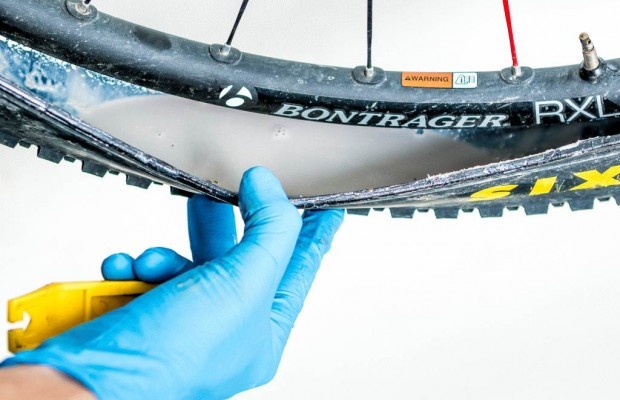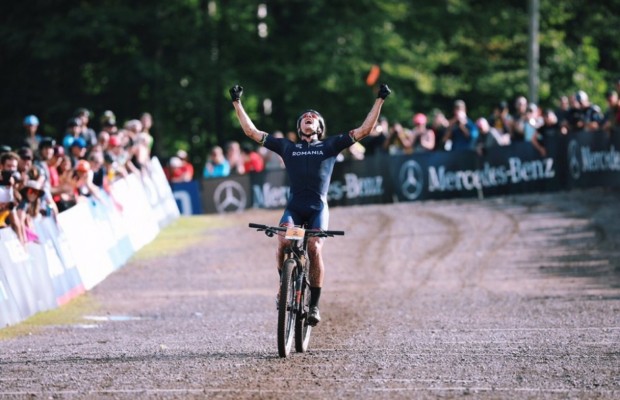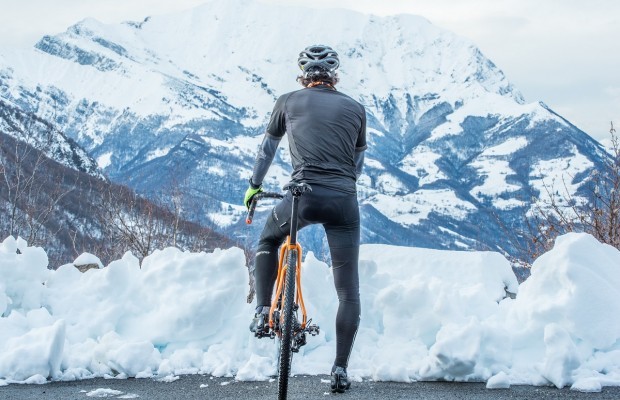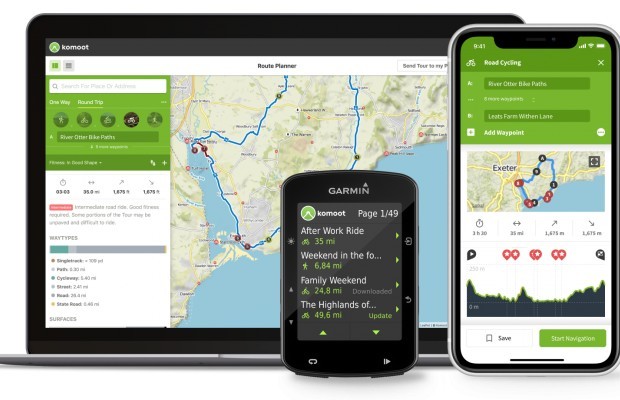Giro Italia 2022: 5 stages that you cannot miss
It is difficult to choose only 5 stages of the 2022 Giro d'Italia which, as usual in the transalpine round, offers us a route full of traps where, at the least expected moment, the race can turn upside down.
5 stages you should see in the Giro d'Italia 2022
As in recent years, the route of the 2022 Giro d'Italia will be a crescendo, with the high points being reserved for the final days. However, right from the start, which this year moves to Hungary where the first three stages will take place. In the second of these, the much-maligned team time trial will be brought back, which should establish the first differences.

The transfer to Italy, after a rest day, will be followed by another section through Sicily with the obligatory visit to Mount Etna. From there, the race heads north to finish the week with another intense stage at the Blockhaus. The second week, with its leg-breaking routes and the typical traps that we mentioned before, where the constant battles will keep everyone on their toes, ending with a couple of stages in the surroundings of Turin that, without being high mountain, will be really tough.
RECOMENDADO
The Alps will be the main protagonists of the final stage, with mythical summit finishes such as Aprica or the very tough Marmolada in the heart of the Dolomites. If anything remains to be decided after this Alpine journey, it will be the individual time trial through the streets of Verona that will decide the overall classification of the race.
Among the 21 stages that compose the Italian round, we have chosen 5 that, on paper, are the ones that should decide the race.
Wednesday 10/05 - Stage 4: Avola – Etna-Nicolosi (Rifugio Sapienza). 172 km. 3,500 m
After the journey through Hungary and the first rest day, the first contact with the mountains will come in the heart of Sicily. A single-port stage whose main task is to establish the first differences and measure the strengths of the favourites in which the traditional ascent of the Rifugio Sapienza, on the slopes of the Etna volcano, will determine the list of favourites.
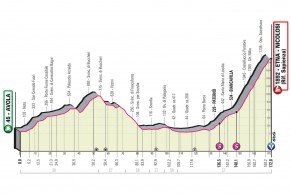
On this side, the cyclists face a climb of 18.4 kilometres in which they have to overcome an elevation gain of 1,255 m, which means an average gradient of 6.3% evenly distributed. It is not likely that we will see big differences, but it is usual in this type of stage for some of the theoretical favourites to fall out of the list of contenders.
Sunday 9/05 - Stage 9: Isernia – Blockhaus. 191 km. 5,000 m
The first week culminates with a tough mountain stage in the heart of the Apennines, which should allow us to see the first serious movements in the general classification.
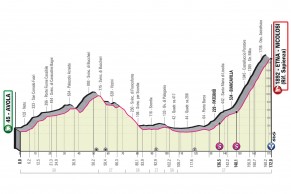
A long stage with a huge accumulated elevation gain that places it, without a doubt, among the toughest of this edition. A few metres of ascent that are concentrated in the final 60 kilometres of the day in which the cyclists will have to face two of the most iconic passes of the Giro d'Italia: The Passo Lanciano (10.3 km, 7.6%), which has a very tough first three kilometres with a gradient of just under 9%, and the rest of the climb, which is a constant and demanding one in which the riders must prepare the ground before the final ascent to the Blockhaus, which with its 13.6 km at an average gradient of 8.4% is a favourable terrain for the climbers to impose their law.
Tuesday 24/05 Stage 16: Saló – Aprica. 202 km. 5,250 m
Seeing Aprica in a stage profile immediately makes us think of the 1994 Giro in which an all-powerful Miguel Indurain was humane in the face of the unleashed strength of the late Marco Pantani. As on that occasion, the stage will climb the mythical Mortirolo in its decisive phase, although on this occasion on its friendlier side from the small town of Edolo.
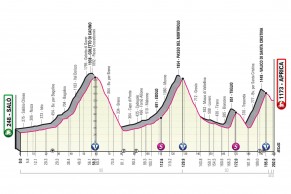
A 12.6 km climb where, except for the final two kilometres, the ramps have little to do with the inhuman ones on the opposite side, which rises above the Valltelina valley. Nevertheless, it is still a climb of sufficient importance to turn the race upside down, especially because the riders will already have another first one in their legs: Goletto di Cadino, a monster of 20 kilometres and irregular gradients.
Finally, the Valico di Santa Cristina, a 13.5 kilometre uphill with a terrifying last 6 kilometres at an average gradient of 10.1%, is the one that made Miguel Indurain take a knee.
Wednesday 25/05 Stage 17: Ponte di Legno – Lavarone. 168 km. 3,730 m
After the hard effort of the previous day, one might think that this will be a day for the breakaways and for the favourites to try to regain their strength before the passage through the Dolomites.

However, we wanted to highlight it because, precisely because of this factor and because of the design of the route, with the climbs of the Vetriolo and Monterovere passes, the latter of which is very hard with its 8 km at an average of 9.9%, it is the perfect terrain for an ambush by cyclists who still have aspirations for the overall classification but have lost time on the preceding days.
Saturday 28/05 Stage 20: Belluno – Marmolada (Passo Fedaia). 1667 km. 4,490 m
Just a glance at the profile, the mythical names that can be found or the fact that it takes place in the heart of the Dolomites is enough to give this part of the stage the honorary title of Queen Stage. A day in which the leader will have to defend himself with everything he has against the attacks of those who still try to assault the maglia rosa on a terrain that offers not a single metre of rest with the tremendous San Pellegrino chain stage, 18 kilometres with a truly brutal intermediate section in which the gradients barely drop below 11% at any time. It is followed by the legendary Pordoi, a much gentler uphill with just under 12 kilometres and sustained gradients.
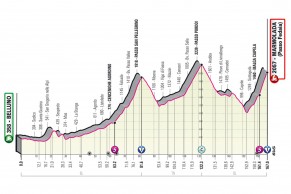
And for the final climax is the tremendous Passo Fedaia, also known as the Marmolada after the name of the peak that rises above this pass. 14 kilometres with increasing difficulty and an endless final ramp in the last 5 kilometres where the clinometer goes beyond 11% without offering hardly a few metres of truce to the legs.
We know it's difficult to choose only 5 stages of a race like the Giro d'Italia, but do you think we should include or take out any stage from our selection? We read you on our social networks!
